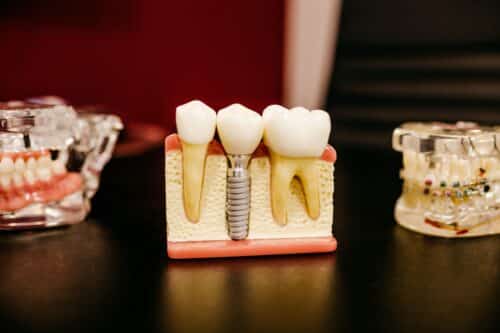Researchers from Penn Dental Medicine and its Center for Innovation & Precision Dentistry (CiPD) have proved that microrobots can easily access difficult-to-reach surfaces of the root canal with controlled precision.

The microrobots are built of iron oxide NPs that consist of catalytic as well as magnetic activity. The first platform uses the magnetic field to ensure the NPs in aggregated microswarms and magnetically control them in the tooth area to scrap and retrieve the biofilm with catalytic reaction. The second platform uses 3D printing to design miniaturized helix-shaped robots embedded with NPs. The helix-shaped robots find the destination where bioactives or drugs have to be released with the help of a magnetic field.
“One important aspect is the ability to have diagnostic as well as therapeutic applications. In the microswarm platform, we can not only remove the biofilm but also retrieve it, enabling us to identify what microorganisms caused the infection. In addition, the ability to conform to the narrow and difficult-to-reach spaces within the root canal allows for more effective disinfection in comparison to the files and instrumentation techniques presently used.”
“The technology could enable multimodal functionalities to achieve controlled, precision targeting of biofilms in hard-to-reach spaces, obtain microbiological samples, and perform targeted drug delivery, ” says Dr. Alaa Babeer, lead author of the study and a Penn Dental Medicine Doctor of Science in Dentistry (DScD) and endodontics graduate, who is now within the lab of Dr. Michel Koo, co-director of the CiPD.
The researchers developed a distinctive ability to track the robots in real-time using available imaging technologies such as intraoral scanners, dental x-ray, and cone-beam computed tomography that successfully tracked helicoids in the intact tooth canal. “From disinfecting medical devices like catheters to ensuring clean water lines, this technology holds the potential to transform areas far beyond dental medicine,” adds Dr. Koo. “It could disrupt current modalities across disciplines.”
Click here for the published Research Paper






